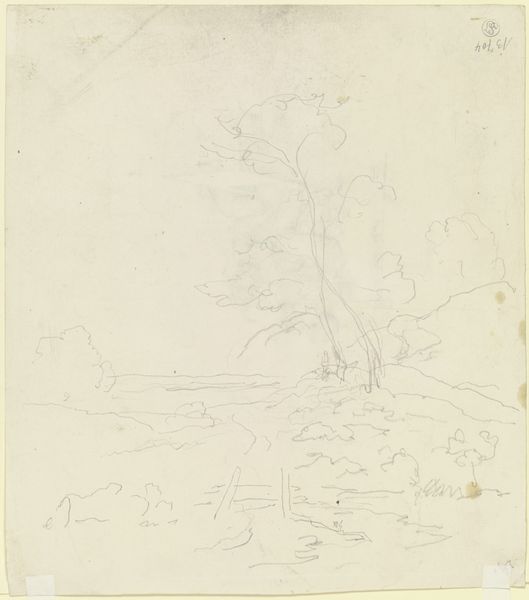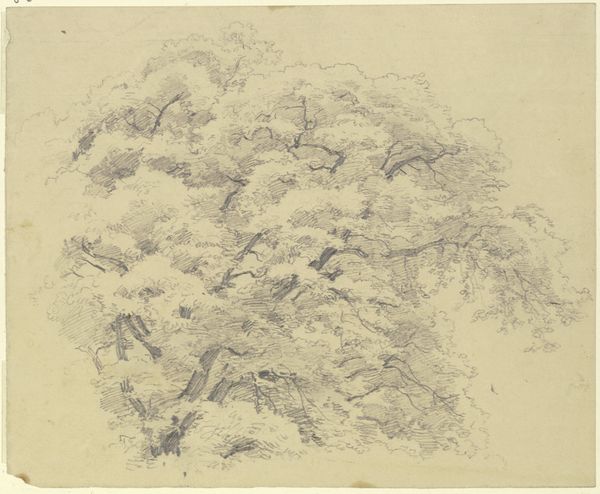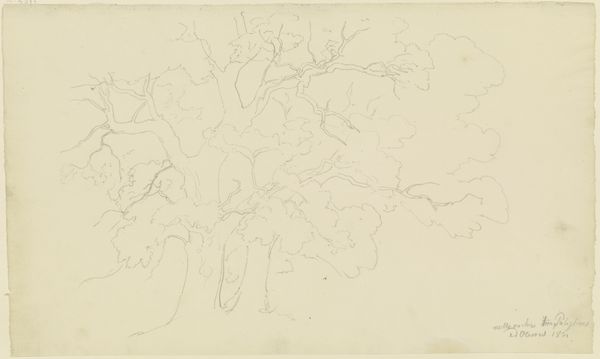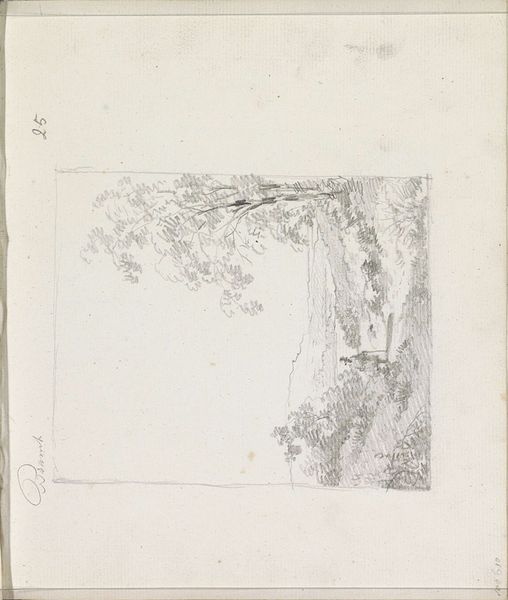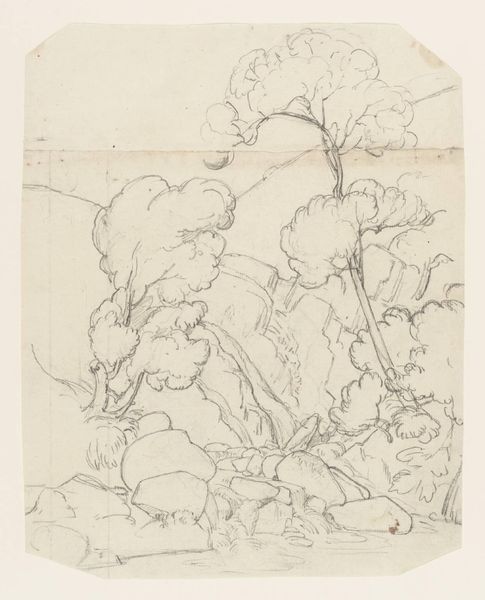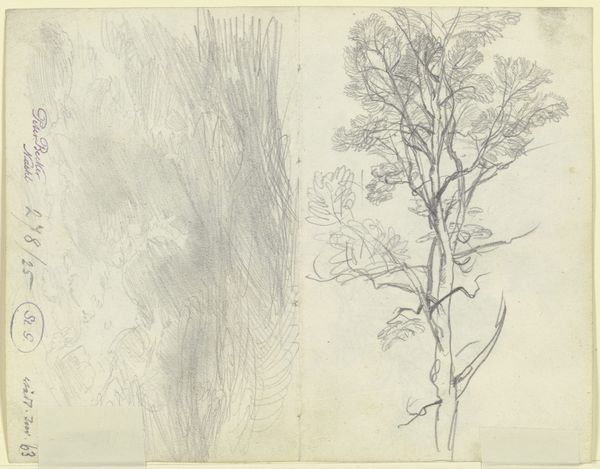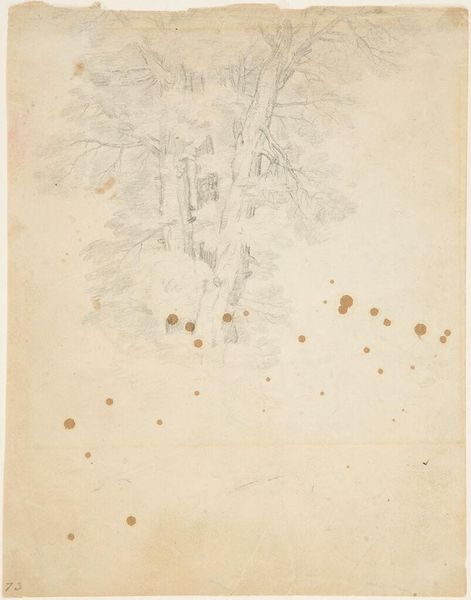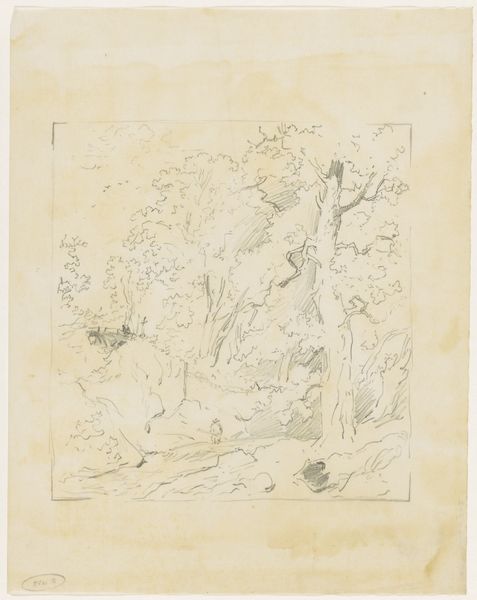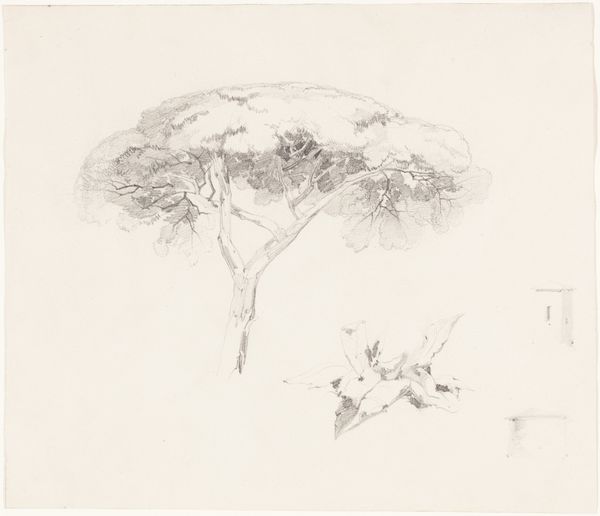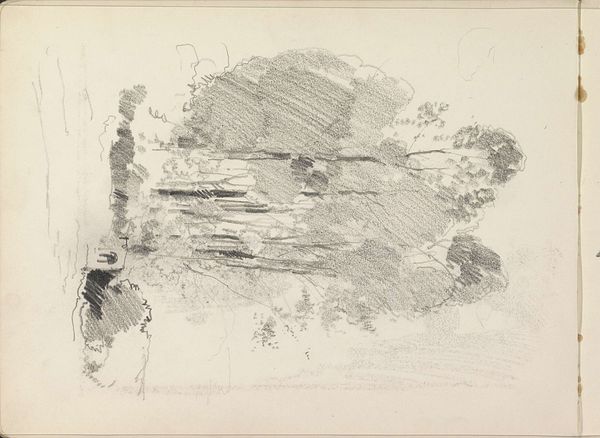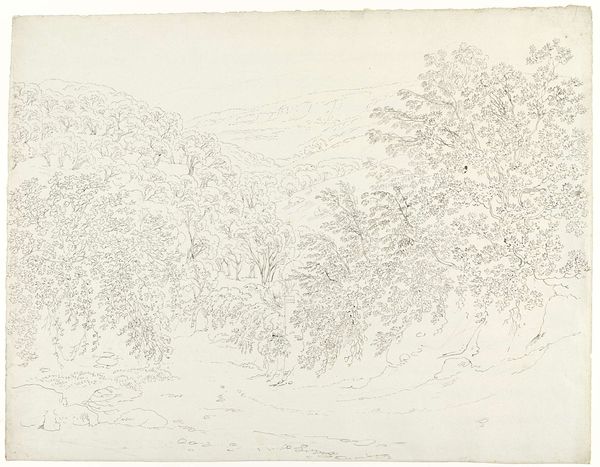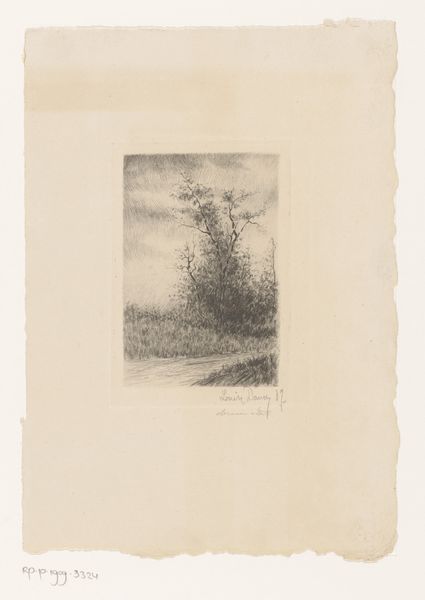
drawing, coloured-pencil, print, plein-air, paper, watercolor, impasto, ink
#
drawing
#
coloured-pencil
# print
#
impressionism
#
plein-air
#
landscape
#
paper
#
watercolor
#
impasto
#
ink
#
coloured pencil
#
watercolor
Dimensions: 497 × 309 mm
Copyright: Public Domain
Editor: This is "Studies of Trees and Foliage" by Pierre-Auguste Renoir, created sometime between 1884 and 1887. It looks like he used watercolor, ink, and coloured pencil on paper. What strikes me most is its almost scientific approach, like a botanist meticulously documenting different tree species, but also capturing that fleeting Impressionist feel. How do you interpret this work? Curator: It's interesting you see that scientific quality. I’m struck by how this work sits within a larger discussion about Impressionism and the shift in artistic patronage at the time. Renoir, along with other Impressionists, began increasingly catering to a rising middle class that sought accessible and beautiful representations of nature and leisure. Does this drawing reflect a genuine engagement with nature, or a calculated move to appeal to this market? Editor: That's a great question. The choice of media feels significant too. The use of watercolor and coloured pencil lends a certain softness, a kind of ‘prettiness’ that might appeal to a domestic audience. But what about the loose, unfinished quality? Does that suggest a study, something more personal? Curator: Precisely. That unfinished quality is key. It gestures toward the immediacy of plein air painting, the ‘truth’ of observing nature directly. But we must remember that even ‘truthful’ depictions are constructed, shaped by artistic and commercial considerations. So, is this image more authentic or posed? Editor: That’s a really fascinating point about how these seemingly simple studies are actually layered with social and market considerations. Curator: Indeed. It highlights the complex interplay between artistic expression, societal expectations, and economic realities in late 19th-century France. It is fascinating that drawings from such an intimate setting end up becoming so intertwined with economic factors. Editor: This makes me think about how much more thought needs to go into interpreting works of art. It's a good point that authenticity isn’t always what it seems.
Comments
No comments
Be the first to comment and join the conversation on the ultimate creative platform.
